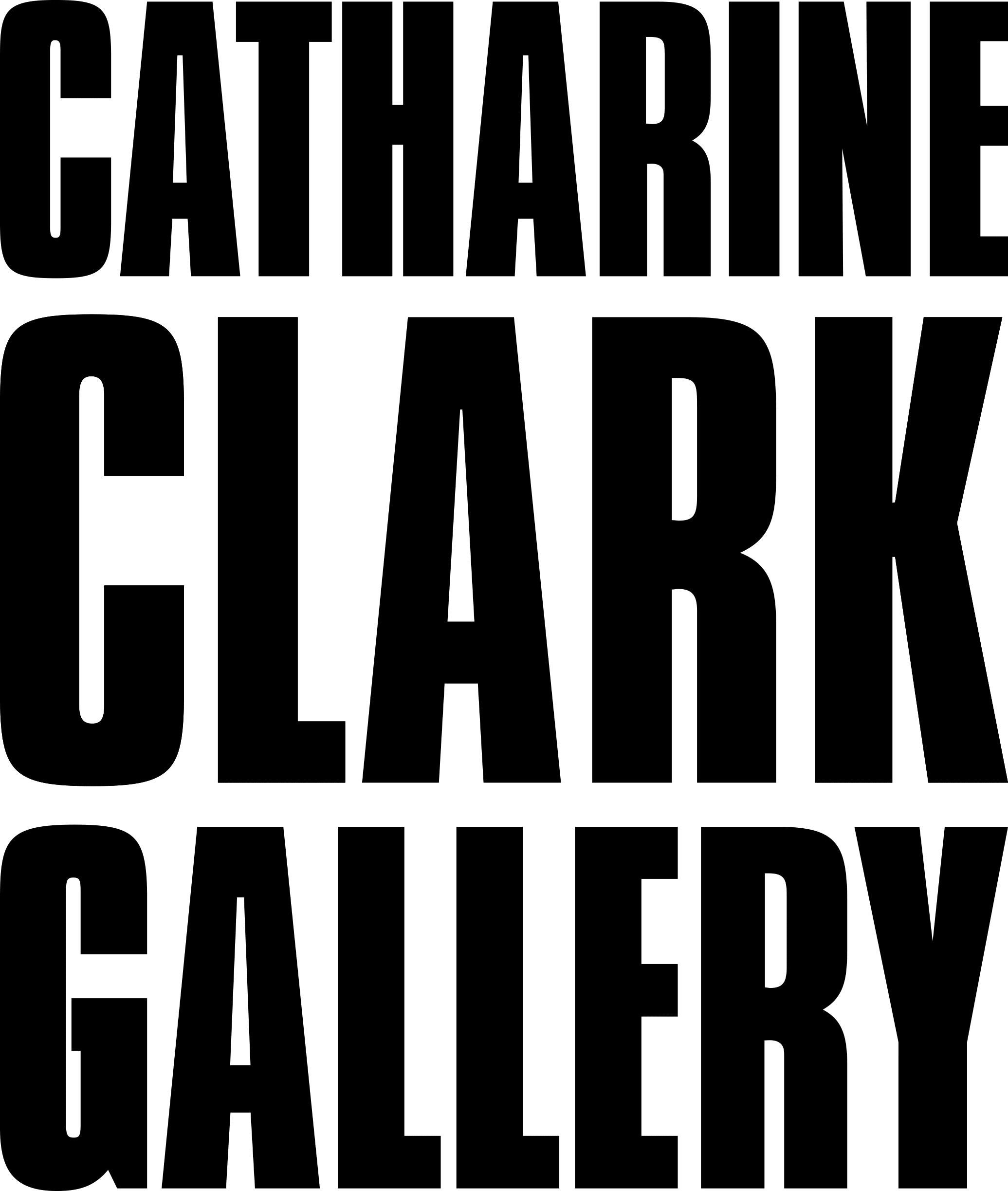Marie Watt: Companion Species (Calling Back, Calling Forward)
January 8 – February 19, 2022
Media Room Presentation: Ana Teresa Fernandez: Borrando la Frontera (Erasing the Border) and Erasure.
Opening reception: Saturday, January 8 from 2 – 5pm
San Francisco, CA: Catharine Clark Gallery opens its Winter 2022 program with Companion Species (Calling Back, Calling Forward), the gallery’s debut solo exhibition with acclaimed artist Marie Watt. A member of the Seneca Nation of Indians with German Scots ancestry, Watt’s interdisciplinary work draws from history, biography, Iroquois proto-feminism, and Indigenous teachings; in it, she explores the intersection of history, community, and storytelling. Through collaborative actions, she instigates multigenerational and cross-disciplinary conversations that create a lens and conversation for understanding connectedness to place and one another.
The exhibition’s title draws on the concept of “companion species,” a belief held by Seneca people in the symbiotic and reciprocal relationship between humans and animals. Watt describes that the Seneca “believe animals to be our First Teachers;” by extension, this concept foregrounds the connections that “humans have with nature, and our responsibilities as stewards.”1
Watt’s material choices – blankets, steel I-beams, reclaimed cedar blocks – draw on Indigenous narratives and the transmission of personal and collective stories from one generation to another. The forms in her work, particularly the towering stacks, also reflect on the tensions between natural and built environments, particularly through histories of contact and industrialization.
Blankets are particularly important in Watt’s practice as a material central to Indigenous populations in the Americas. Watt notes that blankets “are everyday objects that can carry extraordinary histories of use;” within Indigenous communities, “blankets are given away to honor those who are witness to important life events.” The blanket stacks and patched works in the exhibition, by extension, suggest a multiplicity of stories, histories, and life’s events brought into conversation and contact with one another Watt’s use of I-beams, conversely, derive from the history of Iroquois metalworkers in New York. Her series Skywalker/Skyscraper, first conceptualized while living in Brooklyn, emerged from Watt’s discovery that the border of Cobble Hill and Gowanus (the locations of her home and studio at that time) was "where Iroquois ironworkers and their families settled in the 1950s, when most of Manhattan's skyscrapers were being built."
Watt remarks that “these Iroquois were called skywalkers due to their ability to work on the high steel without safety harnesses;” in the works on view, Watt brings the built environment into conversation with natural forms, evoking sunrise with pastel spray-paint (Skywalker Meets Sunrise), as well as ancestors past and present with a “forest” of blanket stack works with familial words – father, mother, sister, brother – soldered directly onto the I-beams.
Throughout the exhibition, Watt evokes the call-and-response of ancestors and generations across time and space. In listening to Marvin Gaye’s iconic pop anthem What’s Going On? (1971), Watt reflected on the social histories evoked by the song – written by Obie Benson after seeing anti-war protest in Berkeley’s People’s Park in 1969 – as well as the “twinning language” embedded in the lyrics.
1 Lukavic, John. Each/Other: Marie Watt and Cannupa Hanksa Luger. Seattle: University of Washington Press, 2021. Pg. 52.



